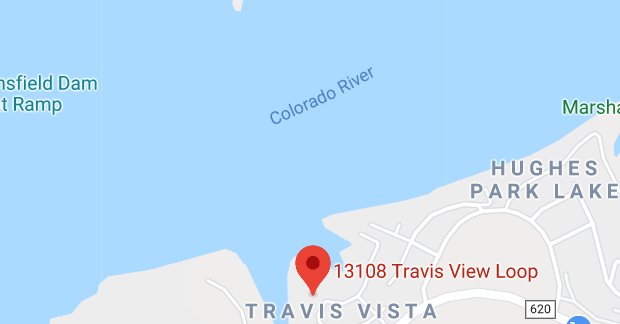About the Author
Jo Clifton is the Politics Editor for the Austin Monitor.
Newsletter Signup
The Austin Monitor thanks its sponsors. Become one.
Most Popular Stories
- Austin opens new affordable housing development in Southeast Austin
- Landmark commission says goodbye to Nau’s Enfield Drug
- Congress Avenue transformation plan gets support from Urban Transportation Commission
- After a decline last year, Travis County homeowners should expect a return to rising property taxes
- Ryan Alter and colleagues propose revision of boards and commissions
-
Discover News By District

Council OKs Lake Travis floodplain variance
Friday, February 14, 2020 by Jo Clifton
Council easily approved a floodplain variance for a homeowner on Lake Travis last week, after hearing staffers’ sympathetic description of problems the homeowner was facing and the need for the variance.
Kevin Shunk, division manager for watershed engineering in the Watershed Protection Department, explained that part of the property is within the 100-year floodplain of Lake Travis, but was not in the floodplain until 2008, when floodplain maps were changed. The house was built in 1969.
Council voted 8-0 to grant the variance, with Council Member Alison Alter abstaining and Council members Kathie Tovo and Greg Casar off the dais.
Shunk and attorney Nikelle Meade of Husch Blackwell both explained that the homeowner would not be adding on to the house but wanted to enclose a 365-square-foot porch in order to alleviate problems that included a leaking roof.
“All these homeowners are trying to do is enclose a porch, not increase the footprint of that porch, not make the encroachment into the floodplain any bigger. They are just wanting to enclose a porch to keep water that is flowing into the porch and degrading the roof from really impacting their residence,” Meade said. “So we would really argue that this is actually creating a little bit better condition … if it ever were to flood. But I also want to point out that this property to anybody’s knowledge has never flooded,” she said, including during the historic floods of 1991, 2006 and 2018.
The property is upstream of Mansfield Dam and Meade argued that the elevation of the porch is seven feet above the spillway, which means water would have to rise seven feet above the spillway before it would flood the property.
Shunk told Council that the applicant started working on enclosing the porch without obtaining a city permit. He said it was easy to see why the homeowner and contractor were confused about whether they needed to get a permit.
He showed Council a map of the area with the home at 13108 Travis View. The property is within the city’s limited purpose jurisdiction, but is right next door to other properties within the two-mile extraterritorial jurisdiction. Properties within the ETJ are not required to get permits to do this kind of work, he said, adding that the area has “a patchwork of jurisdictions.” He added that the variance request was “to increase the nonconformity of the existing building.”
If the property owner and his contractor had come to the city for a permit before they started working, Shunk said the city would not have given them the permit, even though it seemed like a reasonable request. He added that the variance would have been approved under FEMA standards “because the development was not a substantial improvement.”
However, because Austin’s ordinance goes beyond the minimum standards, staff would not have approved the variance. “I wouldn’t even say it’s a minor addition to the house. It’s a non-substantial improvement,” Shunk said. However the variance will create what Shunk called “a conditioned space,” or indoor living space that increases the nonconformity of the existing building.
Floodplain rules require that the finished floor be elevated 1 foot above the 100-year floodplain. Shunk seemed confident that the homeowners would have safe access from the house from the front of the property, which is 8 feet above the 100-year floodplain.
One of the conditions of the variance was that the property owner grant a drainage easement to the city to include all of the 100-year floodplain except for the area occupied by the house itself, which Shunk noted was standard language for such ordinances.
District 6 Council Member Jimmy Flannigan noted that the property is in his district and he made the motion to grant the variance. He said the situation with this particular house is so unusual he does not expect to encounter it again. If it were a more typical problem, Flannigan said he would ask staff to draw up new rules to address the situation.
Map courtesy of Google Maps.
The Austin Monitor’s work is made possible by donations from the community. Though our reporting covers donors from time to time, we are careful to keep business and editorial efforts separate while maintaining transparency. A complete list of donors is available here, and our code of ethics is explained here.
You're a community leader
And we’re honored you look to us for serious, in-depth news. You know a strong community needs local and dedicated watchdog reporting. We’re here for you and that won’t change. Now will you take the powerful next step and support our nonprofit news organization?








